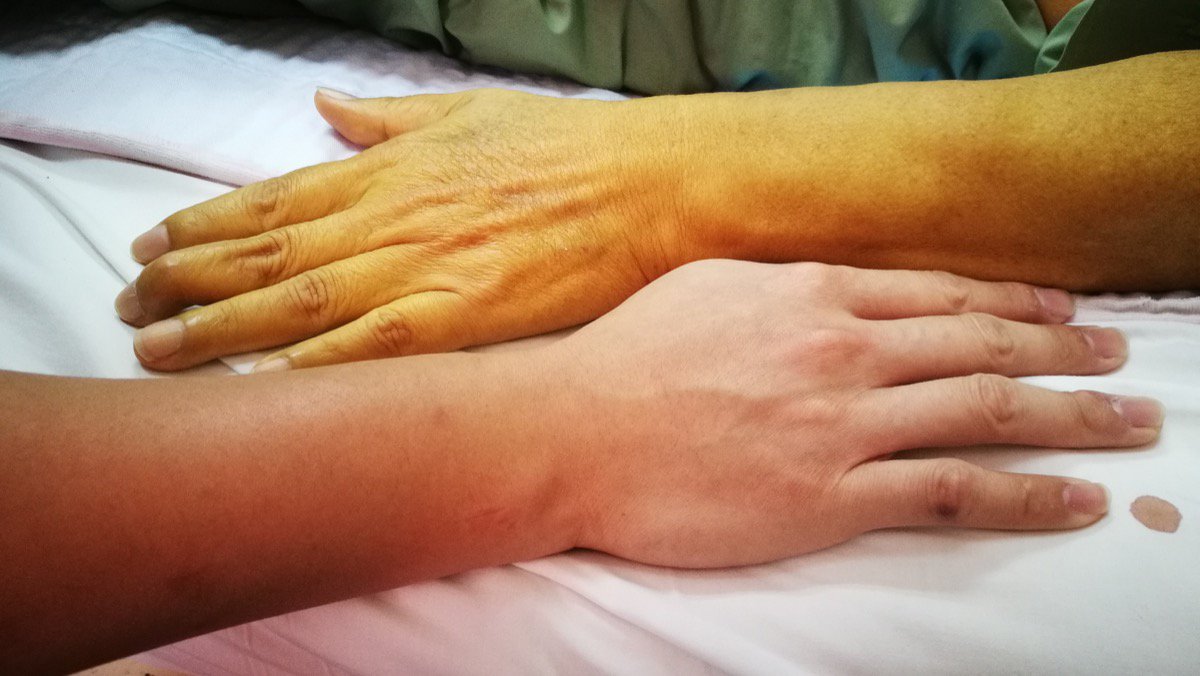What Are The Symptoms Of Gallstones?
Nausea And Vomiting

Vomiting is the mechanical action of food coming up from the stomach and being expelled from the mouth. Nausea is feeling the need to vomit (but not vomiting). Gallstones can cause nausea and vomiting in a few different ways. An obstruction in the ducts that carry bile and digestive enzymes to the intestine can cause difficulties with digestion and absorption of food, allowing an overgrowth of bacteria in the gut. Bacteria in the intestines can produce toxins when it grows out of control, which causes inflammation of the tissues and surrounding nerves. The irritated nerves send signals to the brain, causing the activation of the individual's nausea center. Problems with digestion due to a bile duct blockage by a gallstone can also cause the food to stagnate in the digestive tract. This stagnation allows the food to ferment before it is digested and eliminated. The fermentation of stagnated food in the digestive tract is known to produce nausea and vomiting.
Jaundice

Jaundice is a condition where an individual's white of the eye and skin take on an abnormal yellow tint and tone. When gallstones move into the common bile duct that leads to the small intestine, digestive enzymes from the pancreas and bilirubin from the liver cannot reach the small intestine. These substances build up in the gallbladder and bile ducts before they end up spilling over and accumulating in the liver. Bilirubin accumulates in the liver tissues and the blood because it has nowhere else to go. Bilirubin is produced as the liver breaks down old and dead red blood cells. This substance is synthesized in the liver and made into bile for use during digestion. When bilirubin accumulates in the body, the skin takes on a yellow color because bilirubin has a potent yellow pigmentation to it. Bilirubin leeches from the vessels that feed the individual's eyes, which give the white of their eyes the characteristic yellow tint seen with jaundice.
